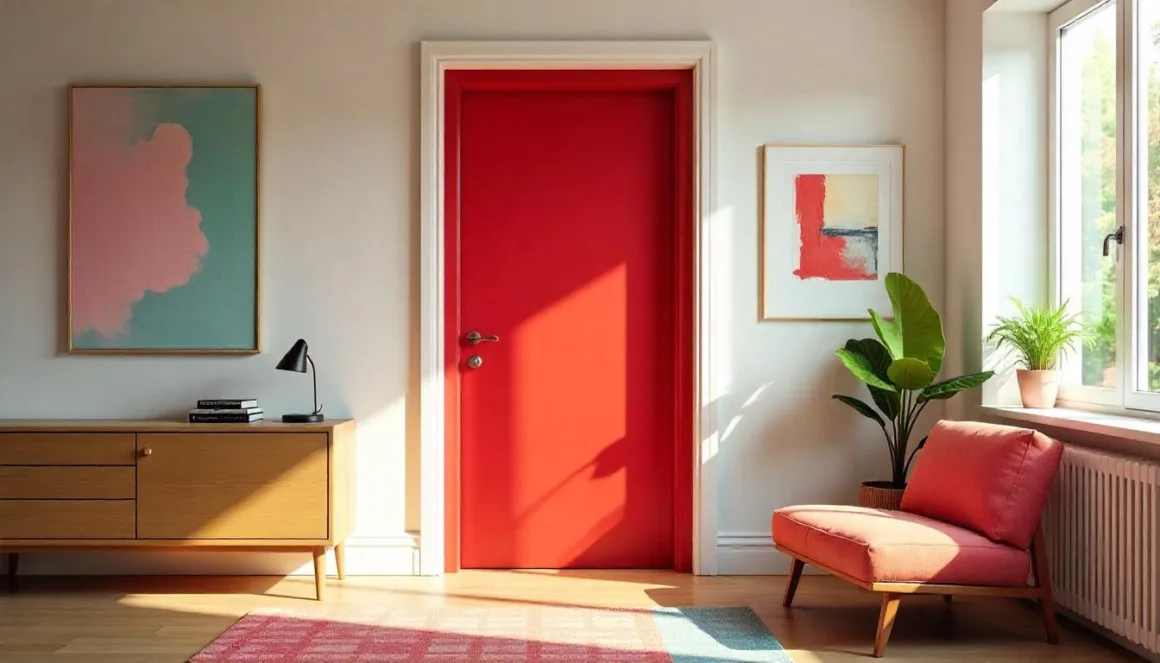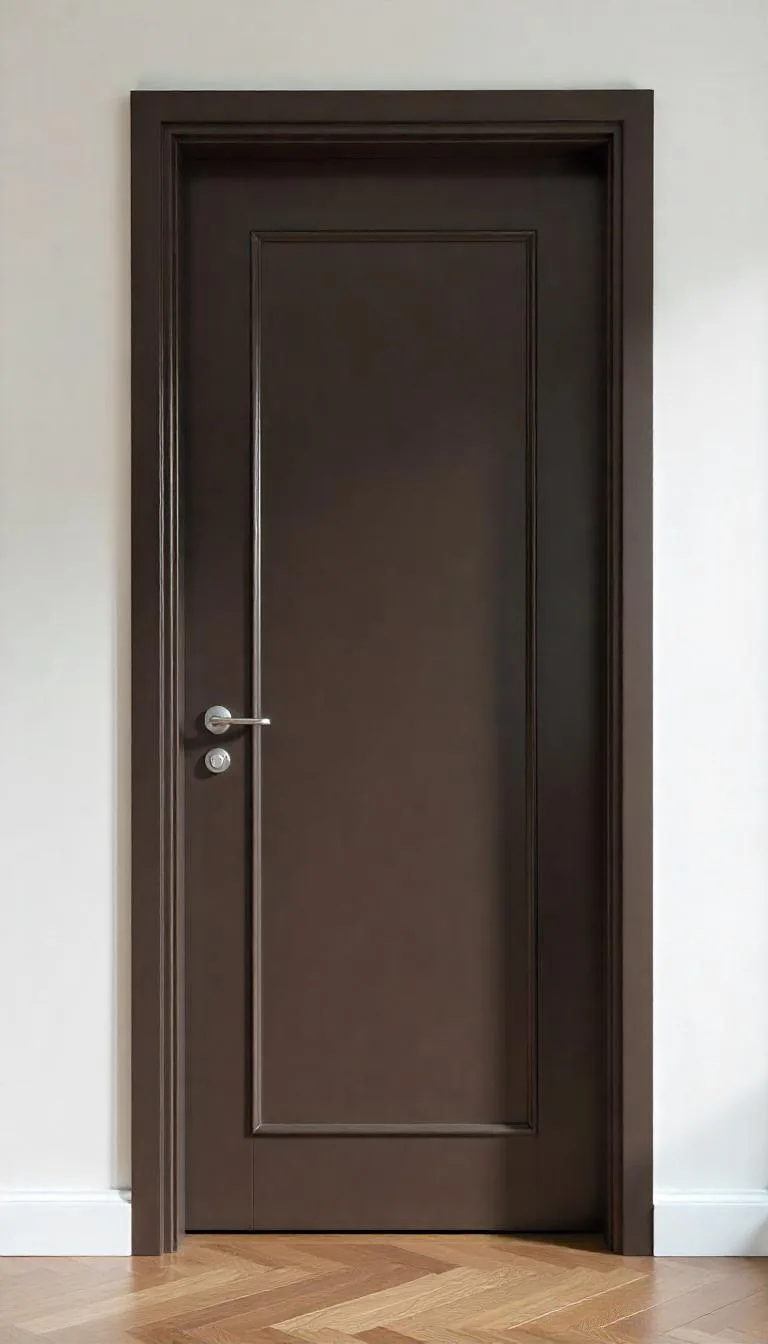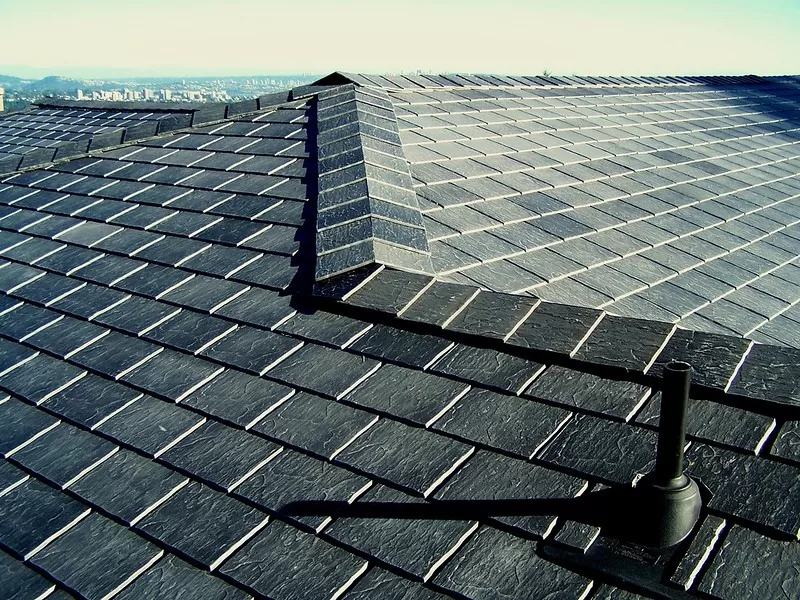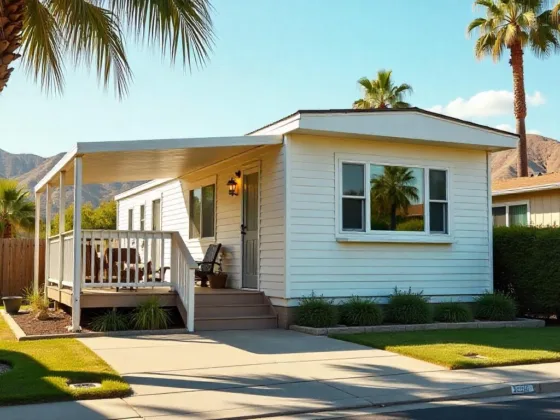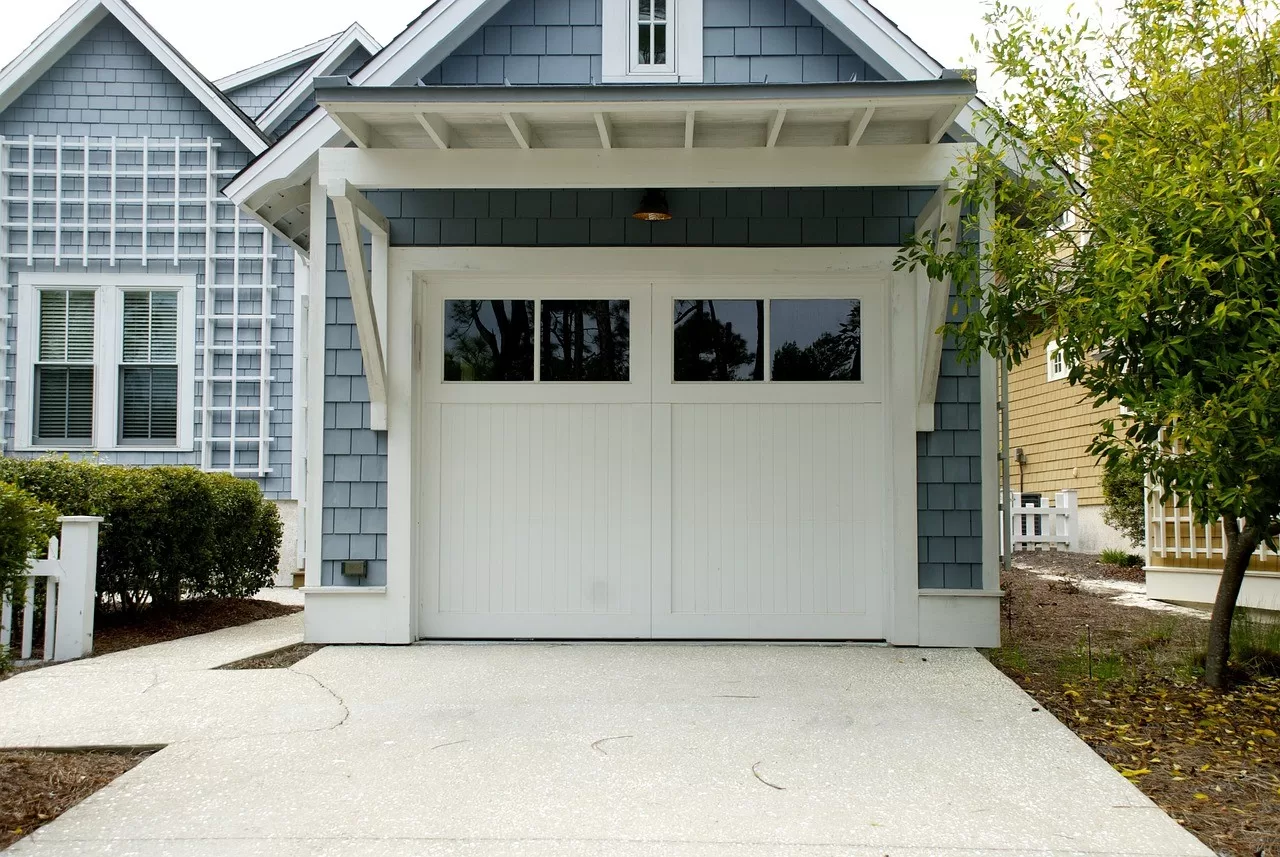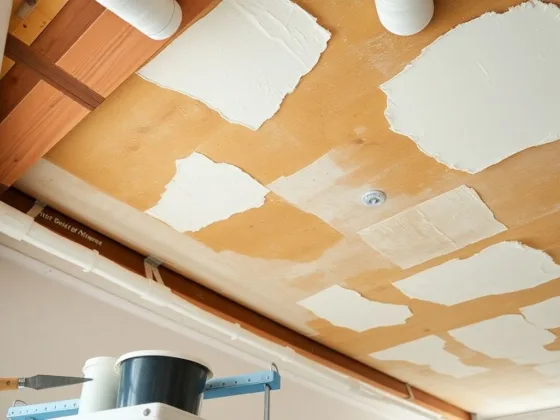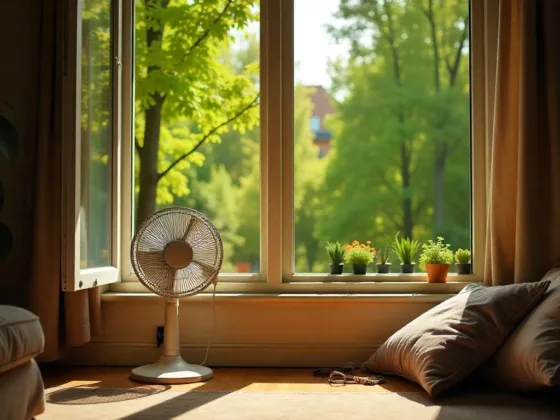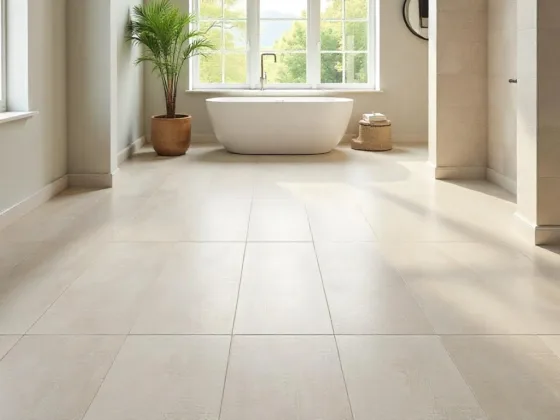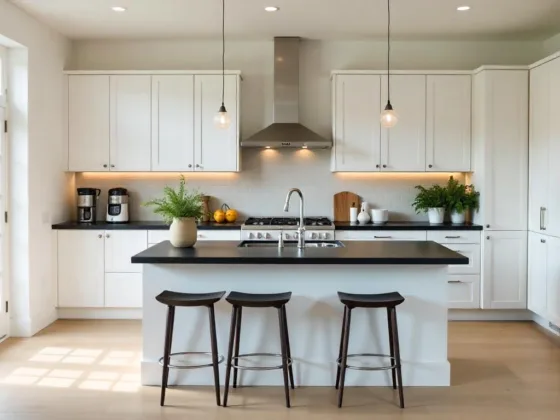A good finish for your interior doors influences the ambiance, style, and maintenance of your house; hence the quality of the finish will prolong the life of the doors. From lighter to darker shades and from matte to ultra-glossy finishes, all types of finishes for doors are available.
Getting an appropriate finish for your interior doors can change a lot of the overall appeal of the home. Therefore, this should be foremost in the minds of all homeowners looking to upgrade the look of their living spaces.
It might seem there are a hundred finishes available for your interior doors, and to ease your decision making, listed below are three of the best finishes for interior doors.
1. Lacquer Paint
For one, lacquer paint is a fast-drying and high-gloss finish, mostly produced from superior synthetic resins, which generate a hard protective coat. Among many other benefits of lacquer finishes include moisture resistance and protection from the rays of the sun and discoloration. Frameless doors with lacquer paint can also be customized to color and style of your interiors.
For instance, Doors Los Angeles, one of those companies that specialize in doors, indicates that they also have pre-finished doors that are lacquered and painted in the chosen colors specified in their raw color chart. This is to assure visitors that you have an attractive frameless door but at the same time reliable for you and your visitors. A lacquer-finished door is very handy for bathrooms, kitchen, and bedroom doors because of its durability and very elaborate styling.
Pros vs Cons of Choosing a Lacquer Finish
Deep, extensive study has been undertaken in the robustness of perfection in comparison to lacquer surfaces. A lacquer finish is really a choice for most interior doors. Below is a short description of the benefits and drawbacks posted after choosing lacquer finishes for doors.
Pros:
- Lacquers made into doors resist moisture and provide an enduring finish that will not be easily chipped, dented, or worn and tear, thus making them suitable for areas with high traffic.
- This finish can be layered over several colors and adds a very shimmery and gloss finish that can be easily married to any interior design style.
Cons:
- Among other finishes, lacquered finish sometimes creates a stronger odour, though after a while, it about dries and settles down.
- Moreover, surfaces must be devoid of blemishes; otherwise, extra effort and time will be required in preparing before application of lacquer. This can be solved by buying a pre-finished lacquered door that is readily installed.
2. Paint Finish
Paint as a finish comprises a wide assortment of colors, shades, and textures. Its popularity renders paint finish as one of the best-in-demand choices by almost every homeowner in modern houses who want to accentuate a touch of color in any room. The choice of a paint color would lean towards the category of either a latex paint or oil-based paint. At large, both latex paint and oil-based paint are great choices because of their durability against wear and tear, suitable for high-traffic areas.
Most commonly, they use latex paint for interiors, while oil-based paint is for outside or external spaces such as exterior doors. Thus, latex paints are good for inside spaces because they dry faster, reduce odor emission, and have a wider color option. The latex paint also has options in different finishes, from flat paint (matte) to high gloss.
Common Types of Paint Finishes
Here are the most common types of paint finishes for interior doors:
High-gloss:
A high-gloss, lustrous paint finish is the glossiest. It has a highly reflective surface, almost like a mirror surface. High-gloss paint finishes are best suited for door applications with high traffic, like kitchen doors and bathroom doors since they can be tinted with your desired color and are more resistant to moisture and humidity.
Semi-gloss:
A semi-gloss finish shows some shine but is not as shiny as high gloss. Semi-gloss doors exude a calm sophistication with some degree of moisture resistance. Semi-gloss finishes work well for interior trim or door frames in bathrooms, mud rooms, or kitchens, where walls will be exposed to moisture from time to time.
Satin:
A satin paint finish is a step down from semi-gloss in terms of sheen. A paint’s sheen level refers to the amount of light it reflects. Satin finishes are smooth with a velvety-like appearance. Satin finishes are also very durable and do not need to be cleaned often, making them ideal in hardworking areas such as kitchens, bathrooms, or even an entryway to a children’s playroom.
Matte:
Flat paint, sometimes used interchangeably with matte paint, is considered a low-sheen finish that is non-reflective. It is ideal for concealing blemishes or imperfections because it permits more paint pigment to pass through. However, this finish is more prone to scuffs and scratches, making it less ideal for an interior door. In some cases, it could be a good way to add a fun color to a low-traffic area, such as a hallway closet or a spare bedroom door.
Pros vs Cons of Choosing a Paint Finish
Choosing a paint finish for your interior door is the most mainstream way to customize your home’s aesthetics. Here is a quick overview of the pros and cons of using a paint finish for interior doors:
Pros:
- Paint finishes are available in a variety of options ranging from matte to high-gloss, permitting you to choose the perfect look for your interior design.
- Paint finishes can cover up minor imperfections, allowing you to live worry-free. You won’t have to retouch your door every time a small ding or dent shows up on its surface.
Cons:
- Matte or flat finishes can present a harder-to-clean surface, as they may trap dirt or oily fingerprints more easily.
- Depending on the specific paint finish, sometimes brush strokes are more notable on painted doors.
- Painted finishes often require multiple coats to achieve the color you desire, making them more time-consuming to create.
3. Polypropylene (PP) Finish
Polypropylene (PP) is a type of thermoplastic that represents a breakthrough in modern finish technology. This thermoplastic polymer has excellent properties, including high gas and water permeability resistance. This makes it excellent for high-traffic living areas due to its resistance to discoloration, sunlight, and general wear and tear.
Polypropylene also consists of an ultra-thin layer of plastic with an aesthetically pleasing decorative pattern and a wide variety of colors. PP finishes contain zero harmful formaldehyde and phenols, making them an ideal choice for health-conscious individuals looking for a great interior door finish. Since they are both low-chemical-emitting and durable, they are exceptional finishes for the bedroom, kitchen, dining room, or kitchen doors.
Pros vs Cons of Choosing a Polypropylene Finish
A polypropylene finish is a modern and durable finish for interior doors that goes with many interior styles. Here is a quick overview of the pros vs cons of choosing a polypropylene finish for your interior doors:
Pros:
- Polypropylene is an extremely durable thermoplastic that is resistant to moisture, wear, and discoloration.
- This type of finish has a non-porous surface, making it easy to clean and maintain
- PP doesn’t contain harmful chemicals such as formaldehyde and phenols, which makes it an ideal choice for health-conscious individuals.
Cons:
- While PP is durable, retouching or repairing it may be more difficult than retouching other finishes if the finish does become damaged.
- Depending on the manufacturer, there may be fewer customizable options when it comes to color. This finish is also very hard to paint over, so it may be worth investing in a pre-finished door if you opt for polypropylene.
Which Finish Is Best for Your Interior Door?
When choosing a finish for your interior doors, consider how traffic will be going in and out of the door and your overall interior aesthetic. The right finish will elevate the visual look of a door, complement the space around it, and offer long-term protection. The best finishes for interior doors include:
- Lacquer finishes are moisture resistant, available in a variety of colors, and are great for bedrooms, bathrooms, and kitchens.
- Paint finishes that are satin, semi-gloss, or high-gloss offer an elegant and long-lasting door treatment for spaces such as kitchens, bathrooms, and kids’ playrooms.
- Polypropylene finishes are a breakthrough in modern door treatments. They are durable and add a touch of sophistication to rooms such as your kitchen, dining room, or bedroom.
Each finish offers its advantages. Choose one that fits your home’s traffic levels, aesthetics, and personal style.
FAQs
The top finishes for interior doors are paint, stain, and varnish. Each finish offers a different look and level of protection for your doors.
Yes! You can paint your interior doors any color you like, whether you prefer a bold statement or a subtle hue that blends with your decor.
Oil-based stains are popular for wooden interior doors as they penetrate well, enhancing the natural grain of the wood. Water-based stains are also an option for quicker drying and easier clean-up.
To maintain the finish, regularly clean your doors with a soft cloth and mild cleaner. If the finish wears down, consider repainting or re-staining them to keep them looking fresh.
Yes, varnish is an excellent choice! It provides a durable, protective layer that enhances the wood’s appearance, offering resistance to scratches and moisture. Ensure to select a finish that complements your style.
